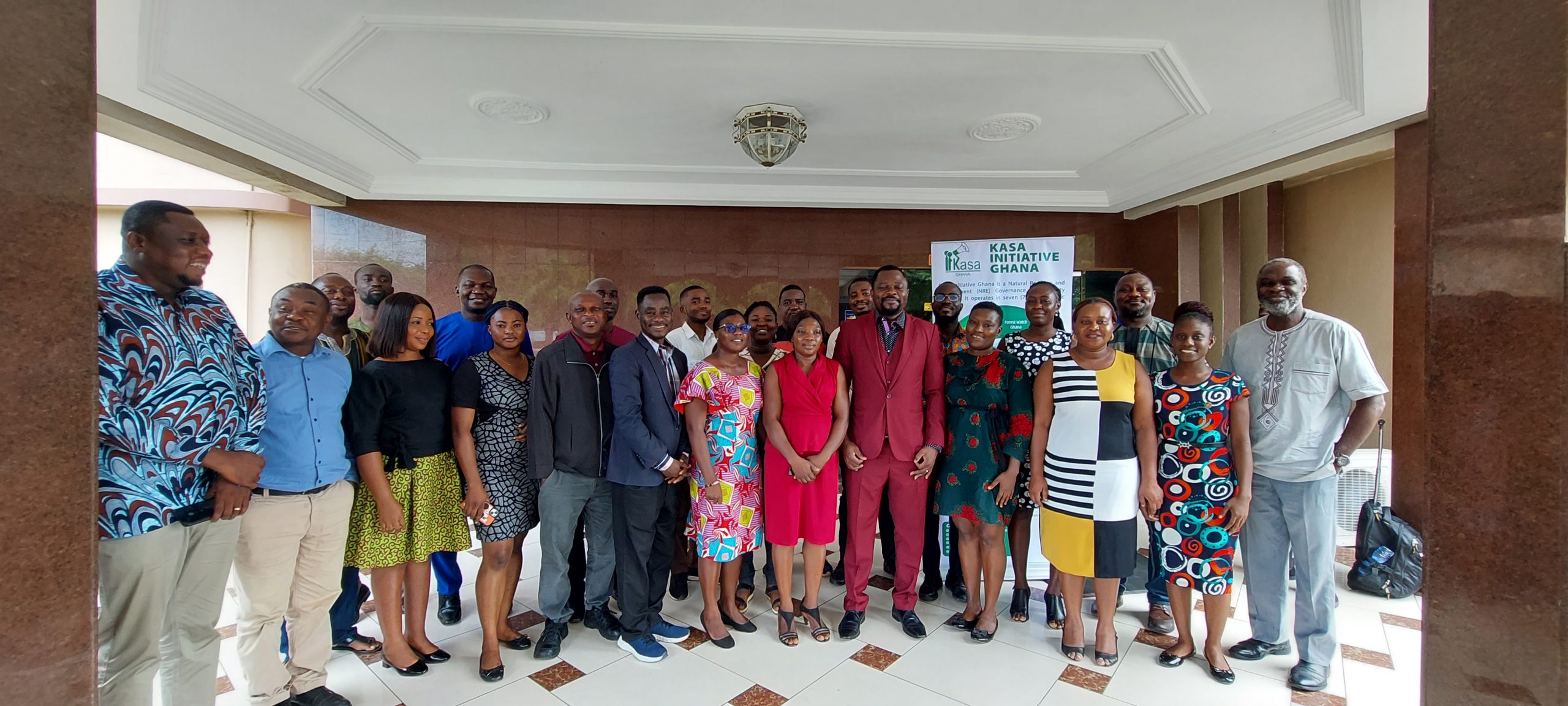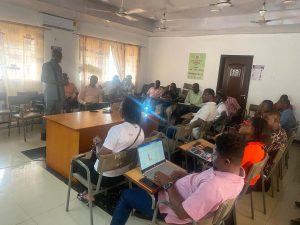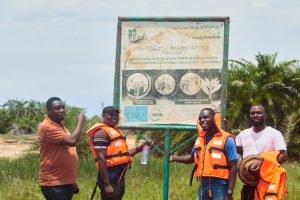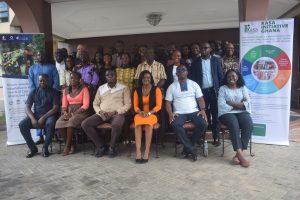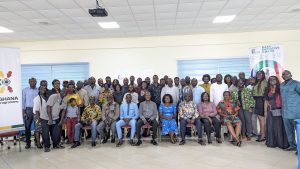A Forum organised by Kasa Initiative Ghana on the National Energy Transition Framework for Civil Society Organisations (CSOs) in the climate change space. The National Energy Transition Framework was developed as a comprehensive national document to mitigate any emission that may occur, and guide the process of transition from fossil fuel to clean energy.
Objectives of the Forum:
- To provide basic understanding and knowledge to CSOs on the Ghana’s Energy Transition Framework.
- To identify entry points for CSOs towards complimenting government’s efforts at implementing the Ghana’s Energy Transition Framework.
The resource person, Dr. Robert B. M. Sogbadji (Deputy Director of Nuclear and Alternative Energy) from the Ministry of Energy made a detailed presentation to participants on the Framework. The objectives outlined in the National Energy Transition Plan include:
- Identifying pathways for the country to transition towards carbon-neutrality within a secure and efficient energy sector.
- Harnessing the opportunity for a fair and equitable energy transition as the country relies on carbon intensive industries for economic growth.
- Evaluating the impact of energy transition on the economy (infrastructure, government revenue, jobs and social development).
- Developing medium to long-term targets and policies for achieving a carbon-neutral economy.
- Estimating the cost of implementing the plan and identifying financing options for the realisation of the stated objectives.
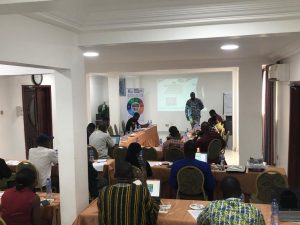
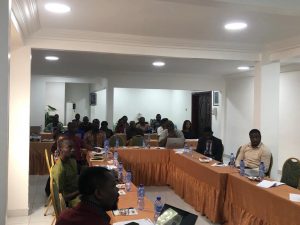
Participants during the Forum on Ghana’s Energy Transition Framework on June 8, 2023 in Accra

